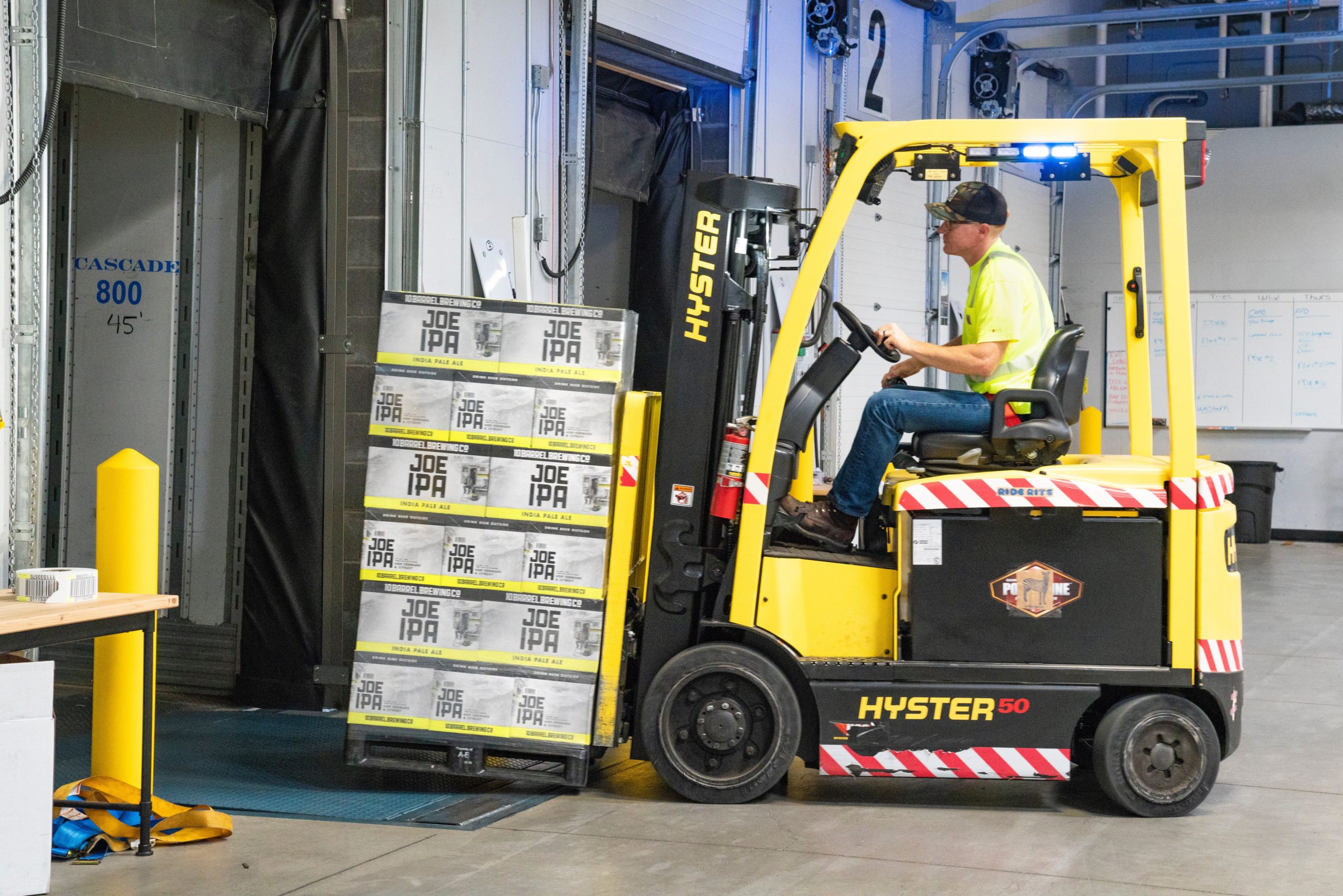
Logistics Efficiency A Priority for Manufacturing Success
Amazon is Disrupting the Logistics Industry
Logistics is about to get disrupted by Amazon, reports Freightos CEO Dr. Zvi Schreiber in Supply Chain 24/7. The e-commerce giant, already known for its free two-day shipping and same-day shipping options, looks poised to unleash its logistics-as-a-service platform, supported by an infrastructure that now includes a Beijing-based ocean shipping provider in addition to Amazon’s existing air transportation and trucking networks. As a result, suppliers may soon find themselves competing with Amazon, Schreiber anticipates.
For the manufacturing industry, this forthcoming disruption adds increasing urgency to achieving efficiency, which is already vital as a competitive differentiator. Here are a few reasons why efficiency needs to be a top priority for manufacturers, along with a few ways to improve management.
The Growing Importance of Logistics
Amazon’s entry into the arena is driven by costs. For Amazon, as for manufacturers, warehousing and shipping represent one of the major operating expenses required to do business. By developing its in-house capability, Amazon aims to improve its efficiency and lower its costs. Likewise, manufacturers who improve their efficiency can reduce their operating costs.
The cost factor consists of other variables that make logistics crucial for gaining a competitive manufacturing advantage. With companies such as Amazon offering overnight and same-day shipping at low costs, customer expectations for a speedy delivery are higher than ever. This makes offering fast shipping at affordable prices an increasingly necessary marketing selling point for manufacturers to stay competitive. At the same time, fast shipping is increasingly essential to delivering customer satisfaction.
Internally, efficiency also contributes to overall performance. With advances in computers and robotics, manufacturers who lag will lag behind the competition. However, with the demand for logistics becoming more efficient, some factors will lose priority. This includes driver safety as well as assurances should anything happen unexpectedly. The importance of logistics has never been as prominent as it is now, so insurance is of paramount importance to keep everything running smoothly. So, should your business’ ever experience semi-truck accidents that hold your lead time up, it would be wise to invest in a plan to keep your business and its drivers safe.
Integrating Logistics With Primary Business Processes
Supply Chain Visions chief researcher Steve Murray says one of the best strategies for improving logistics effectiveness is integrating logistics into sales and operations planning (S&OP). S&OP includes everything from financing, product management, procurement, and manufacturing to sales, marketing, warehousing, and transportation. When approached in this context, it becomes part of a team effort that supports every phase of the business, from product conception to product delivery. As a result, improvements in S&OP integration can significantly impact logistics than any other adjustment, says Murray. For example, o-ring manufacturer Apple Rubber has been able to go from being a local distributor to a global manufacturing and research leader in its field by improving its overall business infrastructure to support international customers.
Adopting Demand-driven Logistics
Inbound Logistics Magazine says another essential strategy for improving logistics is adopting demand-driven logistics. Demand-driven logistics, one of the secrets to the success of chains such as Walmart, relies on accurate marketing intelligence to streamline shipping according to peak demand times. The most successful demand-driven models not only forecast market demand but actively shape market demand through integrated sales and marketing campaigns. Coordinating shipping schedules with demand cycles enables companies to cut shipping costs, improve warehousing efficiency by replacing inventory with information and improve customer service.
Automating Logistics
Successfully implementing a demand-driven logistics model in today’s market requires an effective logistics automation strategy. The best way to accurately forecast demand is by deploying integrated logistics and business intelligence (BI) software that uses big data to analyze and predict demand trends.
Along with BI, a few other automation technologies emerged as central to logistics in 2016, reports Cerasis marketing strategist Andy Robinson. For example, transportation management system (TMS) software that automates the coordination between customer orders, inventory management, and shipping is becoming more widely available thanks to cloud-based apps. Meanwhile, robots are increasingly used in warehouses, while autonomous vehicles and drones automate the physical shipping process. Together these technologies are taking logistics to an unprecedented level of efficiency.






